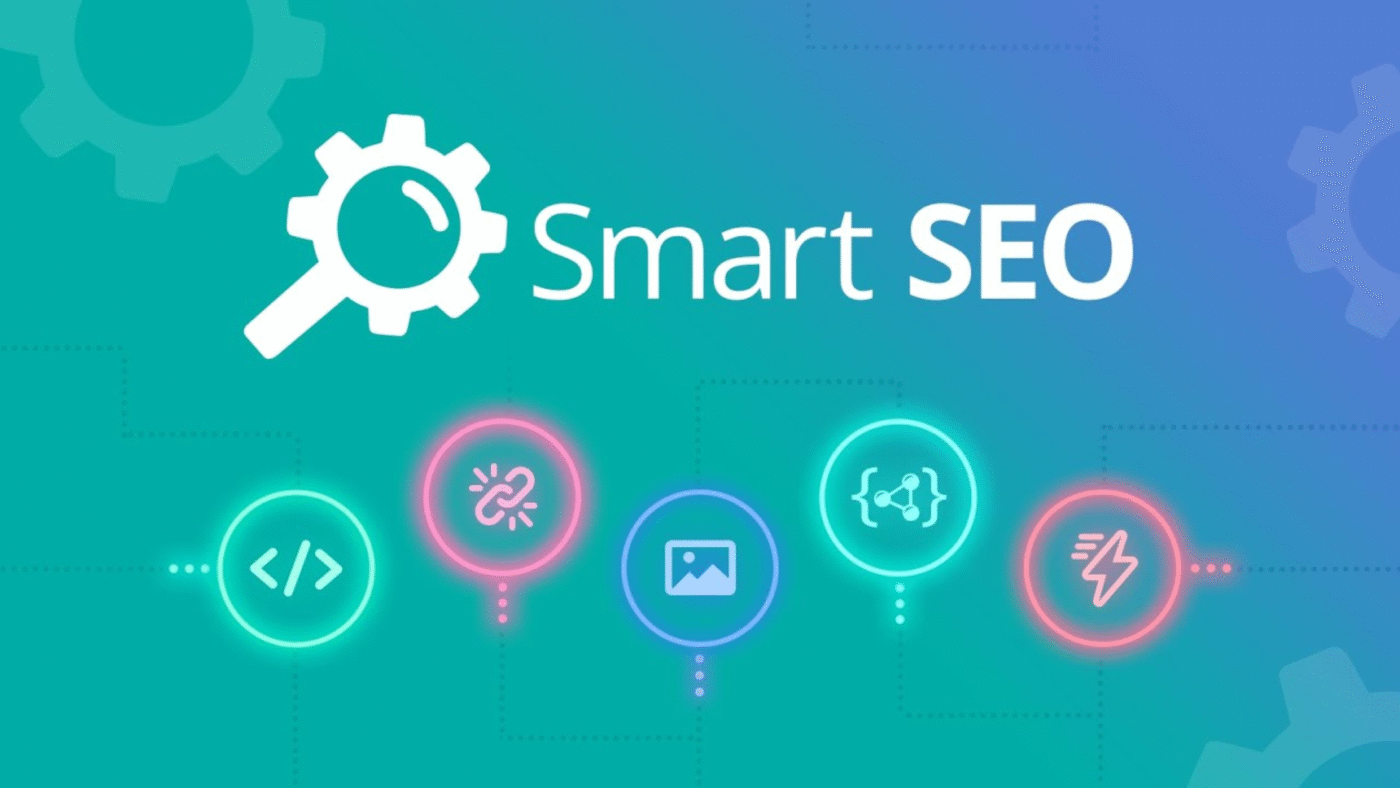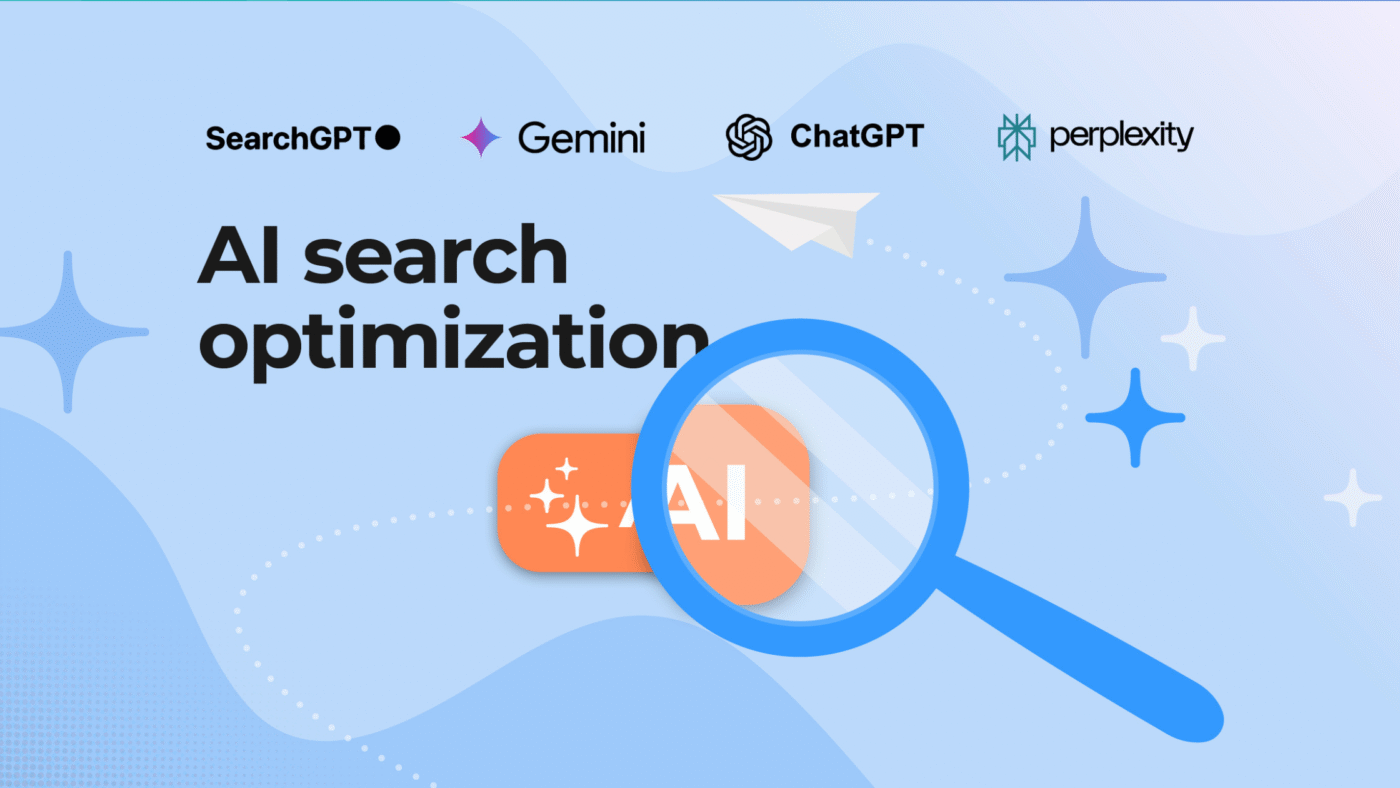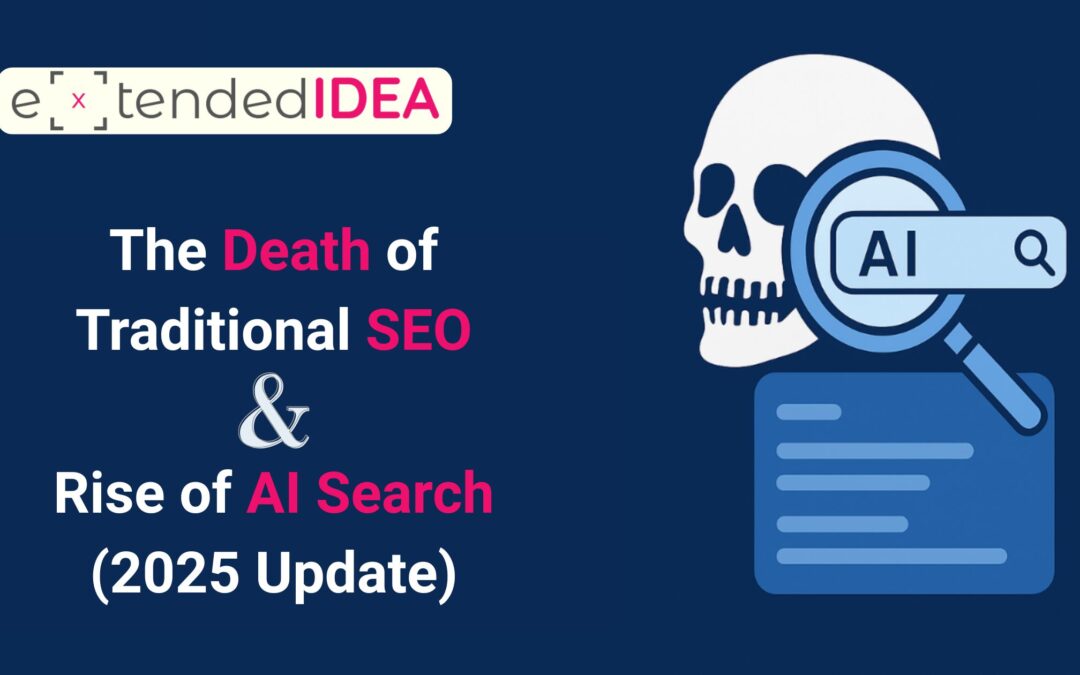The shift has already happened.
Most marketers know it, but they’re still pretending it didn’t.
Traditional SEO as we knew it — keywords, backlinks, long-form blogs — is collapsing under the weight of AI-powered search engines. Google, Bing, and every major platform now operate as AI answer engines, not simple search engines.
If you’re still playing by the old rules, you’re not just behind…
You’re invisible.
1. Google’s Wake-Up Call: The Old SEO Playbook Is Gone

The search landscape is unrecognizable compared to five years ago.
Google rolled out:
- AI Overviews
- Zero-click search results
- Featured snippets
- People Also Ask (PAA)
- Instant answers generated by AI
This means Google is consuming your content, summarizing it, and delivering answers without sending traffic to your website.
Your blog may rank.
But your clicks?
Dead.
This is why traditional SEO strategies fail — not because SEO is useless, but because marketers refuse to evolve.
2. Why Traditional SEO Fails in an AI-First Era

Let’s be blunt: most brands still use SEO techniques that stopped working years ago.
- Keyword stuffing
- Writing 1,000–1,500-word fluff articles
- Buying backlinks
- Publishing generic blog posts
- Repeating “ultimate guides” that no one cares about
- Blindly chasing ranking tools like Ahrefs or SEMrush
AI search doesn’t reward quantity.
AI rewards quality, authority, accuracy, and depth.
If your content doesn’t offer real expertise, the AI model simply rewrites a better version of your answer and shows that instead.
3. How Search Has Evolved: From Search Engine → Answer Engine

Users don’t want to click 10 websites.
They want instant clarity.
AI search engines are built for:
- Direct answers
- Structured data
- Contextual understanding
- Conversational responses
- No scrolling
- No ads
- No unnecessary noise
Google, OpenAI, Perplexity, and Bing want one thing:
To keep the user on their platform instead of sending traffic away.
Traditional SEO is incompatible with this reality.
4. What Actually Works Now (2025 SEO Strategy)

SEO is not dead.
Traditional SEO is dead.
Here’s what works today:
✔ AI-Ready Content
Content must be structured in a way that AI models can easily read, summarize, and answer from.
This includes schema markup, structured headings, Q&A formats, and topical depth.
✔ Topic Clusters Instead of Random Blogs
Forget posting 40 random blogs.
Build core pillars around your niche and interlink them deeply.
✔ E-E-A-T (Experience, Expertise, Authoritativeness, Trust)
AI systems pull content from authors who demonstrate real knowledge and credibility.
Anonymous content = low trust = low visibility.
✔ Web Development + Technical SEO Alignment
Your website must be:
- Fast (Core Web Vitals)
- Cleanly coded
- Mobile-optimized
- Properly structured
- Free from broken links
- Built on a strong UX/UI foundation
Strong web development directly increases SEO performance.
✔ Social Proof Signals
User reviews, case studies, screenshots, and real results are now SEO assets.
AI scans reputation across the internet.
✔ Multi-Platform Content Presence
AI prefers brands that appear consistently across:
- YouTube
- Medium
- Social platforms
- Industry websites
If your brand has zero footprint outside your website, you lose.
5. The Future of SEO: AI Search Optimization

This is where SEO and web development merge.
The new rules:
- Build pages for answerability, not just ranking
- Write content that AI can quote word-for-word
- Use structured data so AI can extract accurate responses
- Prioritize high-trust, expert-backed content
- Make your website technically perfect (speed, UX, structure)
- Move from “keywords” to entities, topics, and intent
This is AI Search Optimization — the real skill marketers need going forward.
6. Final Truth: Adapt or Disappear
Let’s not sugarcoat it.
The marketers who cling to old SEO methods will lose rankings, traffic, and relevance.
But the ones who evolve — who align content, web development, and AI-driven search behavior — will dominate.
Traditional SEO is dead.
Smart SEO is the future.
Adapt now, or watch your competitors take your visibility.

